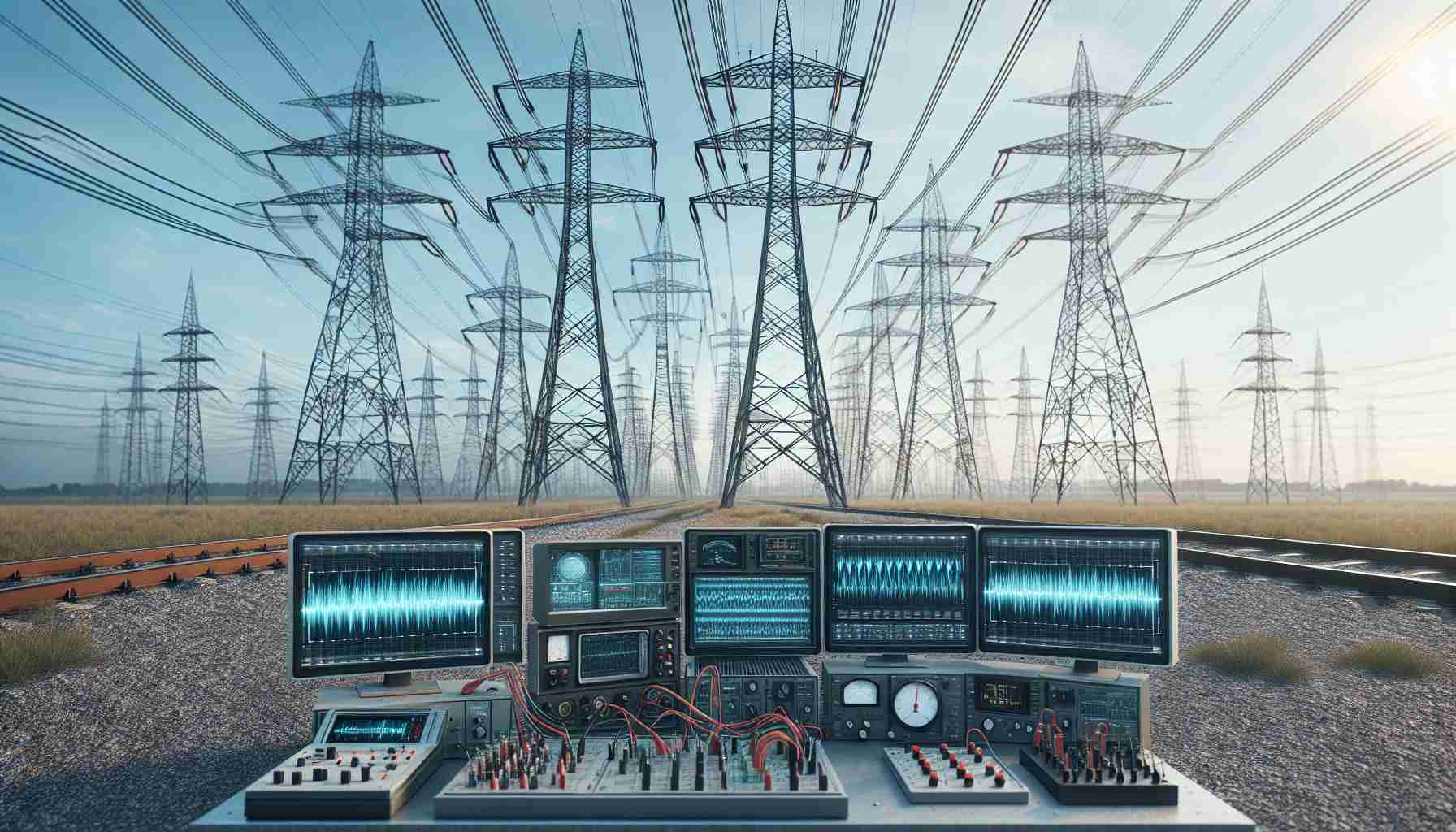One of the latest ideas presented on the YouTube channel “Double M Innovations” is the use of 230 kV power lines for conducting scientific experiments. In one of their recent videos, they demonstrated a test of the concept of harnessing electrical energy from these lines using ordinary fences.
The experiment involved an 88 µF capacitor with a voltage of 1200 V, a complete rectifier circuit, and a 73-meter coaxial cable that was run below the power lines. The cable was mounted at a height of 1.2 meters (4 feet), the same height as the fence, to avoid contact with the ground. One end of the copper shield of the coaxial cable was connected to the rectifier bridge, and the opposite AC side was connected to a metal rod driven into the ground. The capacitor was then charged.
The results of the experiment were both alarming and impressive. The multimeter with a maximum voltage of 1000 VAC went off scale on the AC side of the rectifier bridge, and the capacitor slowly charged up to 1000 V before the experiment was interrupted.
Based on the capacitance of the capacitor and the final achieved voltage of 907 VDC, it can be estimated that about 36.2 joules of energy were collected. This gives an idea of the power that could be obtained from a several-kilometer section of fence placed under such power lines. However, if energy harvesting is not the goal, it is recommended to ground such fences.
Whether the storage of energy in the induction zone on the fence can be legally utilized is a matter that needs to be discussed with the local power company.
Special thanks to Keith Olson for suggesting this idea.
FAQ Section
The source of the article is from the blog smartphonemagazine.nl
